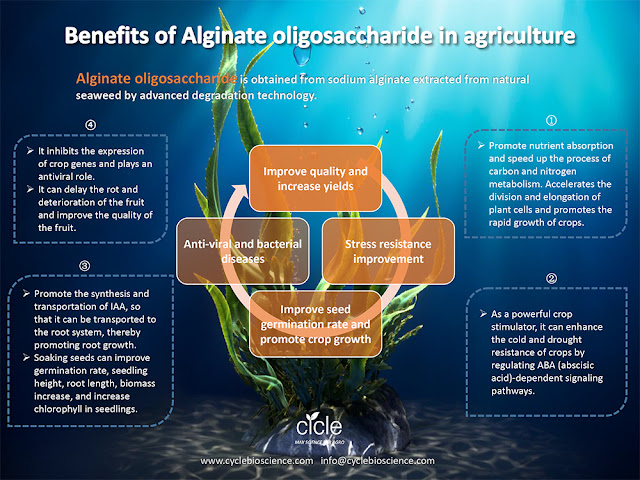Paclobutrazol promotes flowering and fruiting on Mango tree
THE EFFECTS OF PACLOBUTRAZOL
One method to manipulate flowering is to use the plant growth regulator, paclobutrazol. The post- harvest application of a small amount of paclobutrazol to the soil significantly promotes flowering and fruiting in the
following year. Trials over the last two years have shown the following benefits from the treatment:
- A significant increase in flowering leading to increased yields.
- The early flowering considerably enhanced fruit maturity. Treated trees flowered three to four weeks early, which reduced the time to fruit maturity by at least two weeks.
- Visually, the fruit developed a better external colour.
Seasonal cycle | Application Effect | Associated Benefits |
Foliage Growth | Controls Tree Vigour | · Reduces pruning costs · Allows higher density planting · Easier to achieve optimum tree shape · Rejuvenation of older trees |
Flowering | Earlier flowering Cycle | · Escape some pest and disease cycles · Higher Yields |
Fruiting | Increased Yields Improves Fruit Colour | · Improves palatability · Improves early yield return · Better presentation |
DIRECTION FOR USE AND DOSAGE IN MANGO TREE-SOIL DRENCH
Dosage of Paclobutrazol 25% to Different Age Of Mango Tree:
7-15 Year => 15ml
16-25 Year => 20ml
> 25 Year => 25-40ml
Time of Application
Applied after the harvest of fruits will be ideal method of application.
Recommended quantity of Paclobutrazol 25% to be diluted in clean water of 5-10 liters And applies in a furrow 5 cm deep about 2 to 3 feet away from the trunk fill up with soil after application or apply as soil drench.
SOME IMPORTANT CONSIDERATIONS IN THE USE OF PACLOBUTRAZOL
How does paclobutrazol act?
Available evidence strongly suggests that flower initiation depends on the presence of an unknown flower-promoting factor or factors synthesised in the leaves. At the same time, there are other factors in the shoots which work against the flowering factor or factors. It is believed that a group of plant hormones called gibberellins act as inhibitors to flowering. When paclobutrazol is applied to the soil, it moves up through the roots into the shoots and, due to its anti-gibberellin properties, blocks the synthesis of flowering inhibitors, thereby allowing the flower-promoting factor(s) to work.
How and when to apply paclobutrazol?
The application of paclobutrazol to soil as a drench around the tree trunk (collar drench) is the most effective method, as it ensures proper uptake by the tree. The required quantity is mixed in approximately one litre of water and poured onto the soil around the trunk in a circular band. In the Top End, the ideal time to apply paclobutrazol is from soon after harvest to early January. In dry conditions, a light irrigation is recommended after application. Foliar sprays have been ineffective.
At what age should trees be treated and when should treatment be repeated?
The size of trees at first application is important. This depends on the age of the trees and the spacing between them. Apart from promoting flowering, paclobutrazol also restricts tree vigour. Trees should therefore be allowed to develop a good canopy before treatment commences. In high tree density situations with closer spacing, it is recommended to apply paclobutrazol early when trees are about three years old. However, when trees are spaced farther apart, say 10 m, early application with paclobutrazol will reduce canopy size and the fruit bearing area. In such a situation, treatment can commence when trees are about five years old. Tree size and canopy fill are important considerations. Large trees, especially seedling trees, respond more slowly than young, bearing, grafted trees. The dosage required also varies between cultivars. Florida cultivars, such as Irwin, Glen and Tommy Atkins require a lower dosage than Kensington Pride.
At excessively high dosages, flower and shoot compaction can lead to increased infestation by caterpillars. If such compaction occurs, the dosage of repeat applications should be reduced., Two sprays of potassium nitrate at 4 g/L at ten-day intervals, commencing at signs of flower bud burst, were found to minimise panicle compaction. However, compaction is best prevented by using an optimum dosage. If you are not sure about dosage and/or if your trees are ready for the treatment, seek expert advice.
It is also important to note that tree size and not age is the key factor for determining dosage. Where there is considerable variation in tree size, dosage may have to be varied.
TREE HEALTH AND NUTRITION
Any treatment that leads to increased production should be supported by good management to maintain tree healthy. This includes nutrition, irrigation, control of pests and diseases, pruning and skirting. It is desirable to prune and skirt trees after harvest and before the treatment. Unhealthy and weak trees should not be treated with paclobutrazol.
If you have any interest on Paclobutrazol, please feel free to contact us:
Email:anne@cyclebioscience.com
Whatsapp:+86 15050351426





评论
发表评论